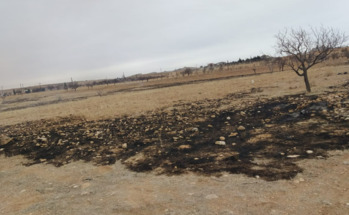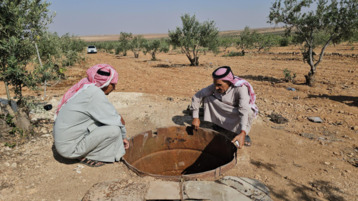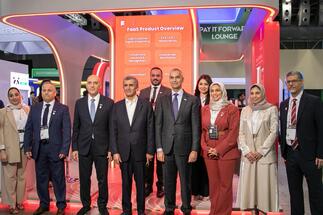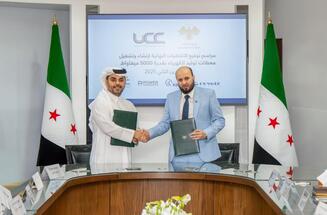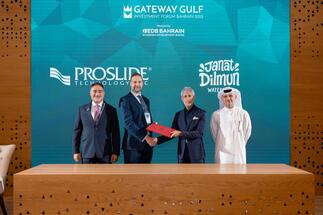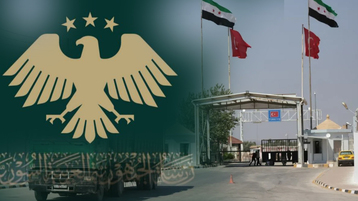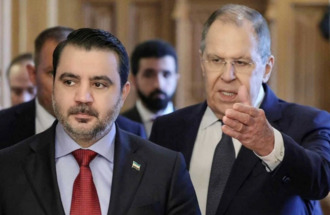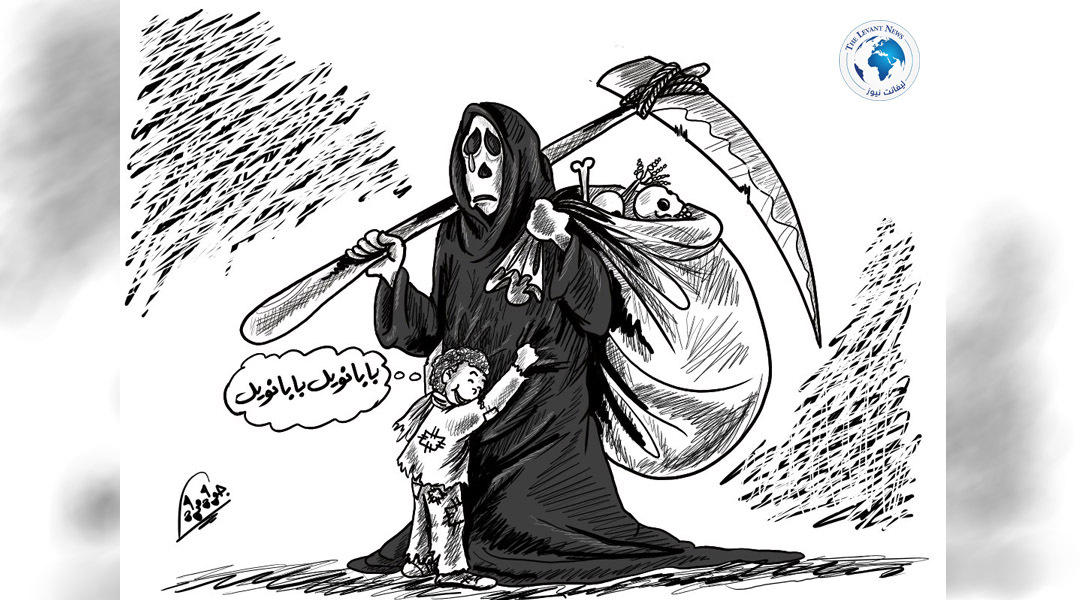-
The Israeli strike on Iran
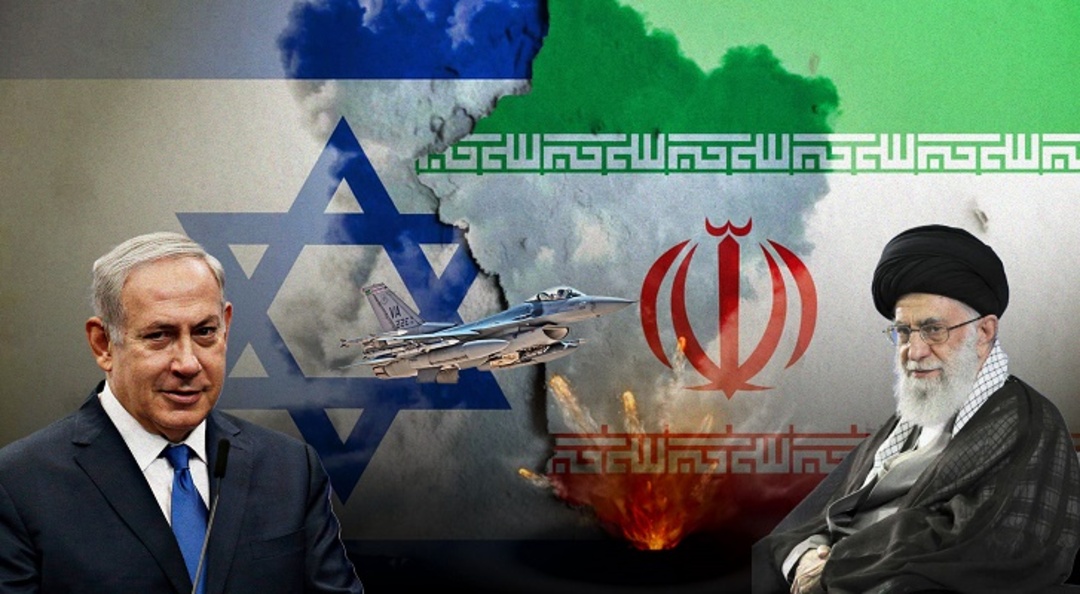
Preparation: Nayif Shaban
Researcher in Political and Legal Affairs
Independence Forum for Political and Strategic Studies
In collaboration with the Levant Center for Strategic Research and Studies
Executive Summary
This study addresses the geopolitical and strategic repercussions of the Israeli strike on Iran within a shifting regional and international context, by dissecting the logic of "calculated deterrence" as a tool to reshape the rules of engagement in the Middle East.
The paper hypothesizes that the strike was not an isolated military act but part of an security and political engineering aimed at dismantling the "Iranian immunity myth" and redefining the roles of regional powers amidst the structural transformations of the international system.
It is based on a comparative critical analytical approach, reinterpreting the event from multiple theoretical and philosophical perspectives, especially in light of realistic, constructivist, and comparative historical models. The paper also discusses Iran’s role within the extended American strategy and presents future scenarios for the evolution of Iran’s role in light of the "Abrahamic Integration" project.
Keywords
Calculated Deterrence, Israel, Iran, Middle East, Nuclear Deterrence, Abrahamic Strategy, Abrahamic Politics, Regional System, Hegemony, Functional Proxy.
Introduction to the Study
In the context of escalating tensions between regional and international powers, military strikes between Israel and Iran constitute one of the most significant axes in reshaping the balance of power in the Middle East. However, these strikesparticularly the recent Israeli strike—go beyond a straightforward military dimension, assuming a more complex strategic character centered on reproducing deterrence rules and building new spheres of influence.
This study aims to provide an in-depth analysis of the recent Israeli strike through the philosophy of "calculated deterrence," supported by multiple theoretical frameworks, including classical realism, constructivism, nuclear deterrence theory, and regional and international functional concepts.
It also uses comparative approaches based on models from Iraq and Syria and offers a critical perspective for understanding the intersection between symbolic power and encrypted messages in the behavior of international actors.
It should be noted that this study is an independent chapter within a broader research project by the researcher, soon to be published in a book titled "Abrahamic Politics: New Maps of Hegemony in the Middle East," which discusses regional strategic transformations amid normalization waves and new alliances.
Is Iran's Strike an Attempt to Reconfigure the Middle East? A Broader Examination of Israeli Strike Goals and U.S. Engineering Scenarios in the Region.
Chapter One: The Logic of the Strike in the Philosophy of Calculated Deterrence
Foundational Introduction: Deterrence as a Strategic Philosophy
The concept of "calculated deterrence" is one of the most important pillars of modern strategic philosophy in international politics. It is based on the idea that military strikes are not merely tools for direct military decisive action but are complex, coded political messages aimed at reconfiguring decision-making environments for opponents and allies alike.
This conceptwhose roots lie in realist theory of international relationsredefines military power from being merely a tool of physical coercion to an advanced strategic communication mechanism involving psychological, political, and geostrategic dimensions.
Understanding "calculated deterrence" requires revisiting the philosophical origins of nuclear deterrence theory, developed during the Cold War, where theorists like Thomas Schelling and Herman Kahn introduced concepts such as "controlled escalation," "extended deterrence," and "brinkmanship." These concepts, born in the context of nuclear tension between superpowers, gradually evolved into analytical tools applicable in regional contexts and limited conflicts, leading to what can be called "gradated deterrence" or "graduated deterrence."
Historical Context and Conceptual Development
Roots in Classical Strategic Theory
The concept of calculated deterrence traces back to Sun Tzu's writings in The Art of War, where he stated that "the supreme art of warfare is to subdue the enemy without fighting." This ancient strategic wisdom forms the philosophical core of what would later become modern deterrence theory.
In the modern era, the concept evolved through several phases:
- First Phase (1945–1960):The emergence of nuclear deterrence with the advent of nuclear weapons and the development of the "Mutually Assured Destruction" (MAD) theory, emphasizing comprehensive and decisive deterrence.
- Second Phase (1960–1980): The development of "Flexible Response" under Robert McNamara’s management, aiming to overcome the all-or-nothing approach in nuclear response.
- Third Phase (1980–2000): The rise of "Gradated Deterrence" school, which developed concepts of controlled escalation and targeted strikes as diplomatic-military tools.
- Fourth Phase (2000–present):The application of deterrence concepts in regional contexts and asymmetric conflicts, with "calculated deterrence" emerging as a strategy
Theoretical Foundations: From Schelling to Offensive Realism
Thomas Schelling, in his book Strategy of Conflict (1960), provided a theoretical framework for understanding how threats of force can be more effective than the use of force itself. His concepts of the "game of chicken" and "self-commitment" became foundational to understanding the dynamics of deterrence.
According to Schelling, effective deterrence requires three essential elements:
- Credibility: The threat must be believable by the targeted party.
- Communication: The message must be clear and understandable.
- Proportionality: The level of threat must be proportional to the desired objective.
These three elements form the theoretical basis for what we observe today in the context of the Israeli strike on Iran, where the operation can be read as a practical application of Schelling’s principles in a contemporary Middle Eastern setting.
The Conceptual Framework: Deterrence Philosophy in the Middle Eastern Context
Characteristics of the Middle Eastern Strategic Environment
The strategic environment in the Middle East has unique features that make the application of classical deterrence theories complex and multi-dimensional. These include:
- Ethnic and sectarian multiplicity: Conflicts in the region are not merely traditional geopolitical disputes but carry deep identity dimensions that complicate "cold strategic calculations."
- Presence of non-state actors: Armed groups and transnational militias complicate traditional deterrence equations, as these groups might not respond to the same incentives influencing states.
- Regional-international interference: The intervention of great powers in regional conflicts creates multiple layers of deterrence equations, where any local military action could have broad international repercussions.
- Extended nature of conflicts:Most conflicts in the region take the form of "proxy wars," meaning that direct strikes may not achieve the desired deterrent effect unless the network of alliances and proxies is taken into account.
"Composite Deterrence" Theory in the Iranian Context
In dealing with Iran, there emerges a need for what can be called "Composite Deterrence," which involves multiple levels:
- Direct level: Traditional military strikes against direct Iranian targets (nuclear facilities, military bases, command centers).
- Indirect level:Targeting Iran’s network of allies and proxies in the region (Hezbollah, Houthis, Iraqi militias).
- Economic level: Imposing economic sanctions and technological embargoes to restrict Iran’s capabilities.
- Diplomatic level: Isolating Iran internationally and strengthening regional alliances against it.
This layered approach reflects a profound understanding of Iran’s influence in the region, which extends beyond direct military power to include a complex network of alliances, ideological influence, and economic leverage.
Conclusion: The Strike as a Signal of Beginning, Not End — Between Disassembly and Reconstitution
What may initially appear as an Israeli tactical strike targeting specific nuclear facilities within Iran goes far beyond the logic of a direct military event. In contexts of major transformations, such limited operational strikes are often highly impactful in terms of resetting the broader geopolitical rhythm. They are not the end of a phase but an opening moment for a larger project—one that, if successful, seeks to redefine the Middle East not according to the borders of Sykes-Picot or twentieth-century visions, but based on new coordinates where digital geography intersects with global supply chains and centers of technological and biosecurity control.
Within this framework, the strike gains a significant symbolic meaning—not just as a military act, but as the start of a "new strategic narrative" that replaces old ideological discourses built around dichotomies of resistance and hegemony, sectarianism and nationalism, with softer yet more penetrating concepts such as economic integration, energy security, technological alliances, and logistical connectivity.
This marks a post-ideological conflict phase—not in terms of ending disagreements, but in terms of reclassifying and subordinating them under the logic of function and pragmatism.
It may be useful here to revisit the German philosopher Carl Schmitt, who argued that "the political begins with defining the enemy." Are what we are witnessing attempts to redefine the "enemy," not as an existential entity to be destroyed, but as a party whose behavior can be reshaped within a flexible system of interests? If so, then the strike is not a rupture but an open invitation to negotiate—by force—on the conditions of integration within a new regional system.
However, as Michel Foucault warned, every project of reorganization secretly embodies violence—exercised not through explicit elimination but through the "soft shaping" of actors within new power structures. In this sense, the strike aims not only to deter Iran but to reshape it—forcing it to think of itself as an actor that must regulate its behavior to ensure its survival within the conditions of the post-deterrence map.
This American-Israeli endeavor, despite its seemingly precise engineering, cannot be separated from historical and geographical realities. As Robert Kaplan reminds us, “Geography is the narrative that cannot be displaced,” and here lies the core challenge: can a region dense with accumulated conflicts and rooted political imaginaries truly be subjected to the equations of soft power and networked integration? Or will underlying identities, political inheritances, and historical memories ultimately prevail over imported engineering plans?
The current moment, in its philosophical dimension, resembles a “moment charged with possibility,” where time is open to conflicting potentials—rebuilding or further disintegration—between bombing and engineering, deterrence and integration. This potential is being shaped and tested across multiple arenas—from negotiations in Vienna, to waters of the Gulf, to decision rooms in Riyadh, Ankara, Tel Aviv, and Washington.
While the U.S. and Israel bet that the strike might be the first step toward shaping a new Abrahamic Middle East, the risks remain that the project could turn into a cycle of chaos if it fails to convince local actors of its legitimacy and utility.
Therefore, the strike is not a definitive answer but an open question to history, a test of an equation that may not stabilize easily. Either Washington will redraw influence maps with surgical precision, or unseen dynamics—geography, history, identity—may blow up in its face, causing deep maps of influence to triumph over clever digital maps designed in data-driven centers of decision-making.
We are living through a moment between structure and explosion, between design and legacy, between engineering and chance. The real wager is not only on what Washington and Israel will do but on what the region itself will do in face of this project.
You May Also Like
Popular Posts
Caricature
opinion
Report
ads
Newsletter
Subscribe to our mailing list to get the new updates!

